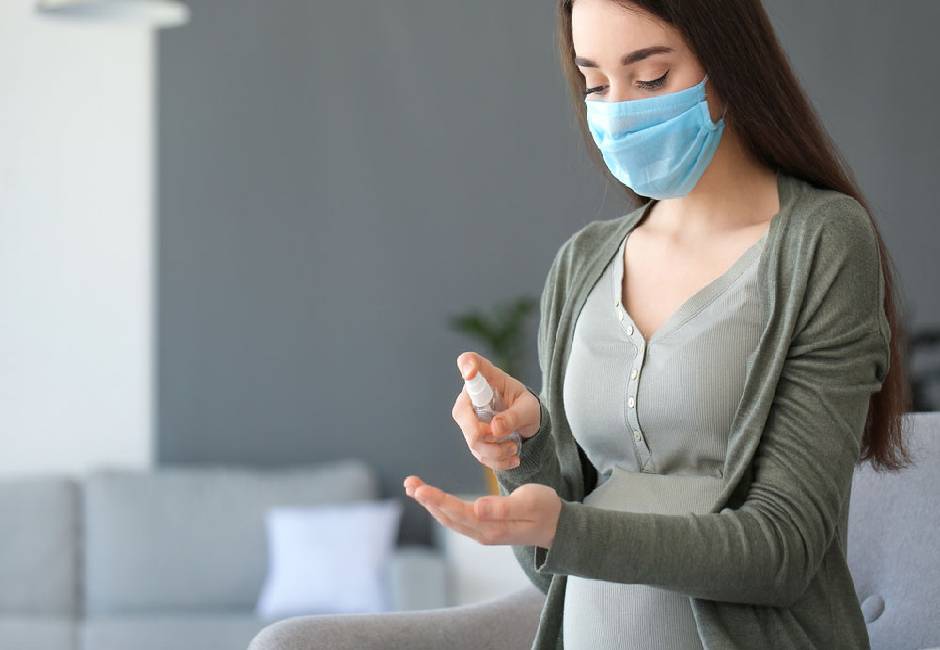October 26, 2020
Pregnant women, along with their unborn babies, are considered high-risk groups when it comes to the effects of COVID-19.
A systematic review of COVID-19 in pregnant women was conducted from December 2019 to June 2020. The findings are as follows:
- Overall, 10% of pregnant women were diagnosed with suspected or confirmed COVID-19.
- Although to a lesser degree when compared to unaffected pregnant women, the most common clinical manifestations of COVID-19 during pregnancy were fever (40%) and cough (39%). When those symptoms were present, the affected pregnant women were more likely to be admitted to an intensive care unit and subjected to invasive ventilation, especially when pre-existing maternal comorbidity was present.
- Increased maternal age, high body mass index, chronic hypertension, and pre-existing diabetes were associated with an increase in the severity of COVID-19.
- The spontaneous preterm birth rate was 6% in women with COVID-19.
- The odds of preterm birth in pregnant women with COVID-19 were high compared to those without the disease.
- Twenty-five percent of all babies born to mothers with COVID-19 were admitted to the neonatal unit and were at increased risk of admission compared to those born to mothers without COVID-19.
Luciana Aparecida Campos Baltatu, Ph.D.
College of Health Sciences
Abu Dhabi University
For more information:
BMJ 2020; 370 DOI: https://doi.org/10.1136/bmj.m3320 (Published 01 September 2020) Cite this as BMJ 2020;370:m3320

